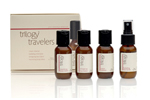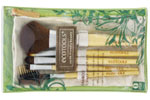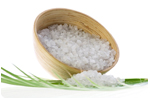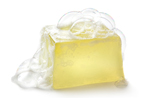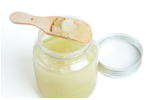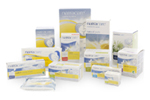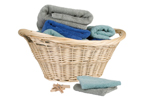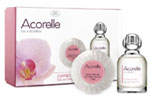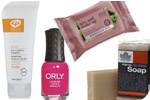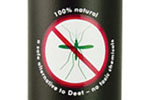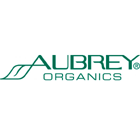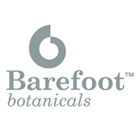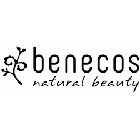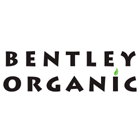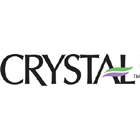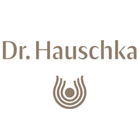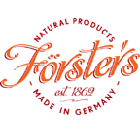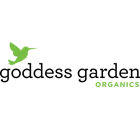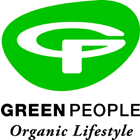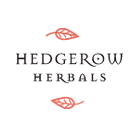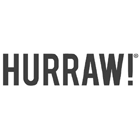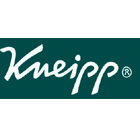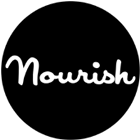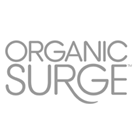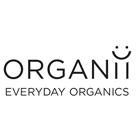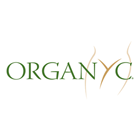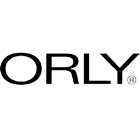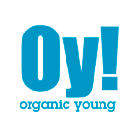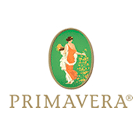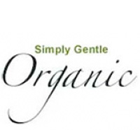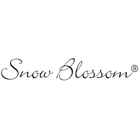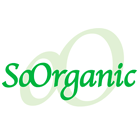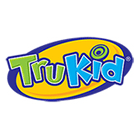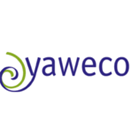- Organic Skin Care
- Make Up
- Bath
- Body
- Hair
- Men
- Baby
- Home
- Gifts
- Vegan
- NEW
- Holiday
- Samples
-
BRANDS
- Acorelle
- Aubrey Organics
- Badger Balm
- Barefoot SOS
- Benecos
- Bentley Organics
- Cottons
- Crystal Deodorant
- Dr Hauschka
- Earth Friendly Baby
- Earth Friendly Kids
- Ecover
- Eco Care
- Eco Tools
- Forsters Natural Brushes
- Fresh Therapies
- Giovanni
- Goddess Garden
- Green People
- Hedgerow Herbals
- Hurraw Vegan Lip Balm
- Kneipp
- Laidbare
- Lavera
- Lily Lolo Make Up
- Lovea Bio
- Madara Organic Skin Care
- Monte Bianco
- Mooncup
- Natracare
- Nourish Skincare
- Organic Surge
- Organii
- Organyc
- Orly Nail Polish
- Oy! Organic Young
- Pacific Shaving Company
- Primavera
- Pure & Soft
- Simply Gentle
- Simply Soaps
- Skin Blossom
- Snow Blossom
- So Organic
- Trilogy
- Trukid
- Weleda
- Yaweco
- Yes Organic Lubricant
Compare (0)
You have no items to compare.
Seasonal & Sustainable Food Articles
Eating Close to the Soil: The Way Forward for Local Food Cooperatives
In the UK, we now have it pretty good, as far as accessibility to fresh produce goes: there’s a Tesco, Somerfield or Marks and Spencer’s on every corner or at least a short bus ride from most households; and most of those have a reasonable selection of organic fruit and vegetables.
But the thing about the big supermarkets is that much of their supply comes via airfreight from all corners of the globe (New Zealand apples and Kenyan beans for example).
The co ops in the UK do a good job of bringing together a selection of more locally derived products but much is still imported and little is certified organic.
The UK farmers market network is gaining strength as more people realize the part they play in building their local economies, starting from the farmer up, as well as the desire to eat eco friendly (low miles, less fuel to get them) and chemical free food (‘I’ll have pesticide free fries with that thank you’).
So where will this take us next? Hopefully the result will be more farmers markets and stronger co-ops.
On the west coast of America local community co operatives and farmers markets are thriving also, the co ops in particular. Something to look up to: a model to emulate. A cross between the local health food store (they provide all things allergy sufferers love to buy – from wheat free ginger snaps to dairy free mayonnaise and Chinese medicines), a supermarket (affordable and wide variety) and a farmers market (fresh, local organic food).
The one I visited this morning in Felton (just outside Santa Cruz on the coast of California) was called New Leaf Community Markets. This brilliant local food retailer advertises its values right there on its recycled carry bags: “locally owned since 1985”. Almost all its high quality fresh produce is sourced within the local county. I also picked up this superb Local Food Guide in Fort Bragg (about 4 hours north of San Francisco).
It has an Index of all the local farms in the area including the produce they grow, each farms growing practices (i.e. biodynamic, organic, wild harvested), where you can buy their produce, the farm’s address, contact details and website (if they have one). It also lists all the farmers markets plus when and where they are held, all the local retail outlets that stock good local product, a calendar of the annual farm and sea events (i.e. the Round Valley Blackberry Festival), the community gardens where you can volunteer to look after the gardens to help people in need or learn more about growing your own.
There’s a list of all the school gardens in the county, a seed sowing guide, a list of Food Banks (i.e. churches and soup kitchens to lend a hand at or contribute food), educational opportunities (like the Mendocino Ecological Learning Centre and the Solar Living Institute), local seafood availability (i.e. when and where you can buy locally caught salmon) as well as planting and harvesting guides.
But the thing I was most impressed with was the ‘What Would a Local Food Economy Look Like’ table. It essentially defined what a local food economy is and went through each point and listed the short, medium and long term goals that would be needed to be met for that vision to be achieved. One point was ‘A year round supply of local food, fibre and medicine’.
A few of the short term goals were to create a seed saver directory and amend the local soil to be more fertile. A medium term goal was to grow nut tree orchards and start an equipment co op. A few long term goals were to breed local poultry and livestock and develop a community level permaculture design. All in all this is a pretty perfect local food guide. It has it all – including the motivational quote to spur you into action.
On the ‘Why Buy and Eat Local’ page Wendell Berry is quoted: “… how we eat determines, to a considerable extent, how the world is used.”
Certainly an appeal to the environmental hearts.
Article written by Nicki Ferguson while travelling in California. January 2010.









